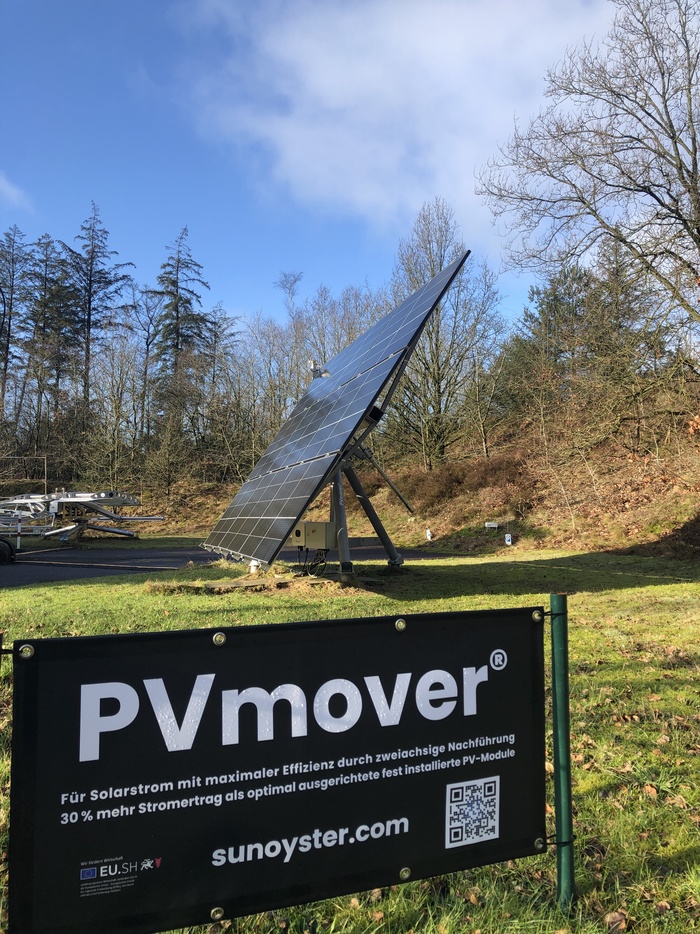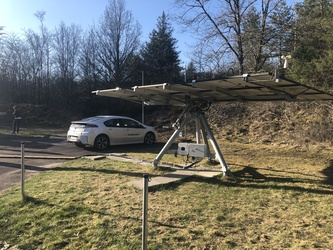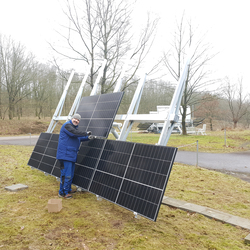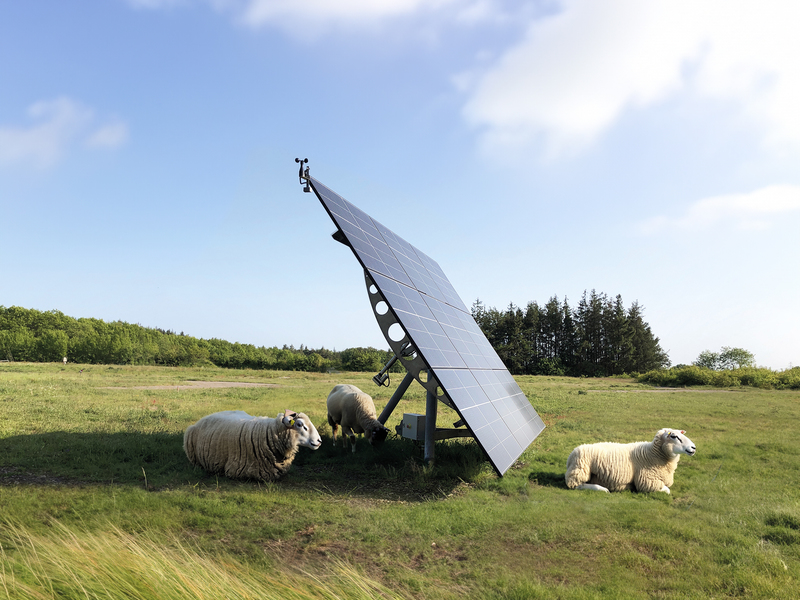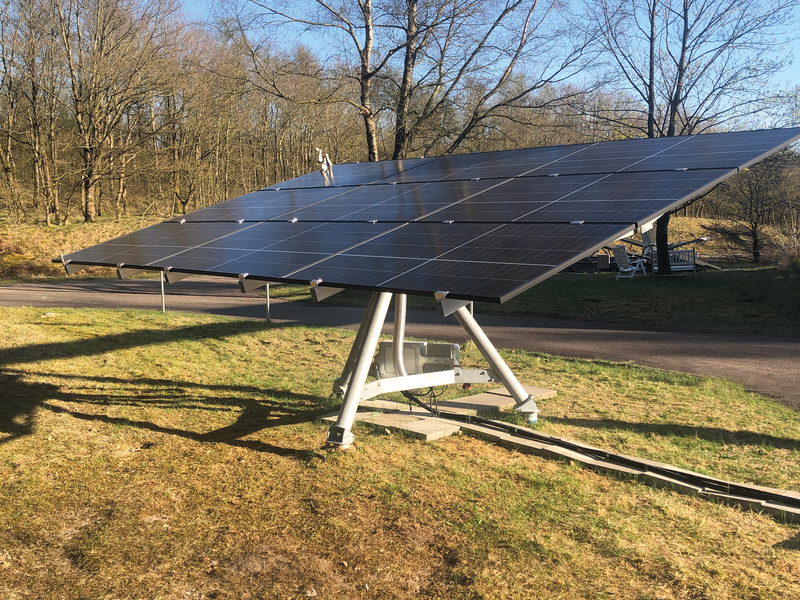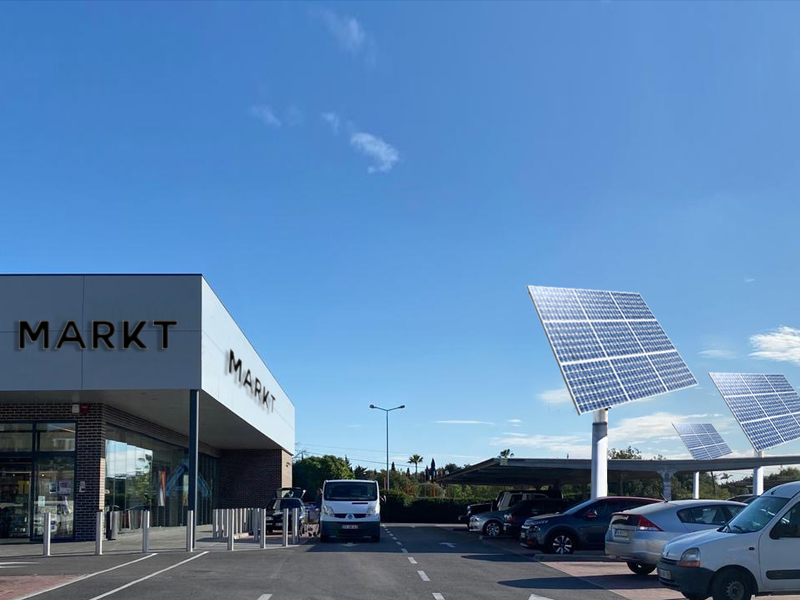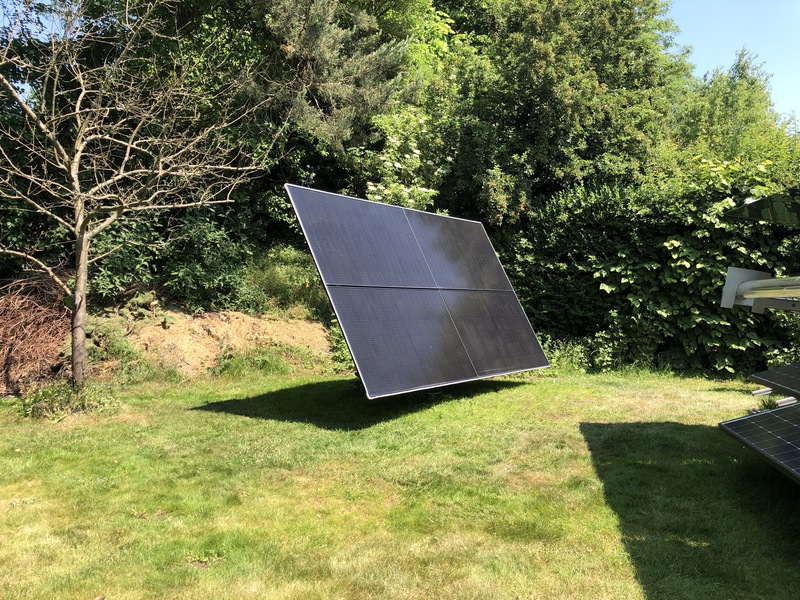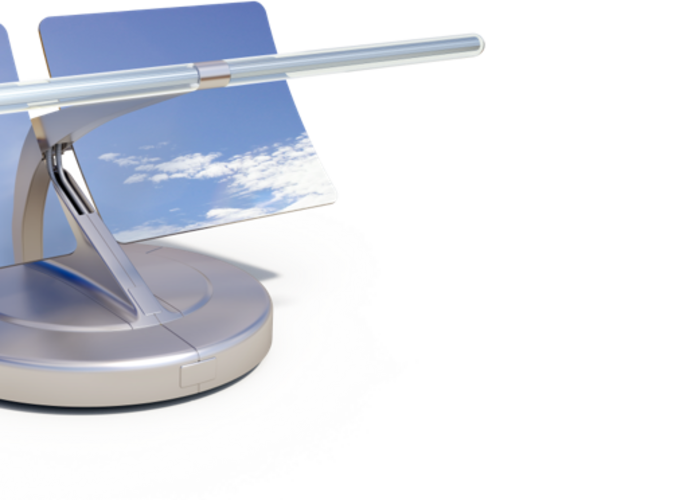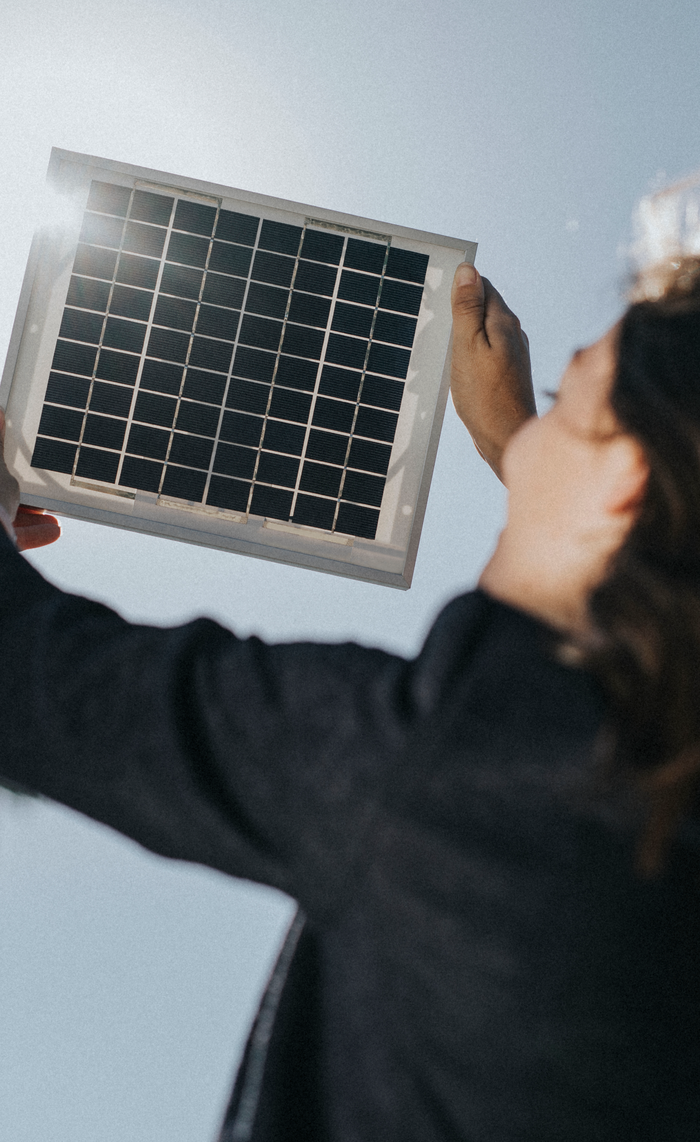Here, too, a distinction must be made between plants on the ground and plants on buildings:
In Germany for plants on the ground, the income from electricity generation is generally subject to income tax. However, there is now an exception for systems up to 10 kWp: The Federal Ministry of Finance created a simplification rule for small photovoltaic systems in its letter dated October 29, 2021 (GZ IV C 6 - S 2240/19/10006 :006, DOK 2021/1117804). According to this, the tax office assumes without further examination that there is a hobby business that is irrelevant for income tax purposes if the operator declares in writing that he wishes to make use of the simplification rule and meets the requirements for this. The declaration is also effective for subsequent years. If you make use of the simplification rule, the otherwise possibly required, time-consuming forecast calculation is no longer necessary and you no longer have to prepare a profit determination - even for already existing installations. See in more detail
Microsoft Word - Merkblatt - Anpassung Einheit (bayern.de) .
As a result of the Annual Tax Act, investments related to the building are largely exempt from income tax. Specifically, under Section 3 No. 72 of the German Income Tax Act (EStG), the following applies:
"Income and withdrawals in connection with the operation of.
a) of photovoltaic systems existing on, at or in single-family houses (including outbuildings) or buildings not serving residential purposes with an installed gross capacity of up to 30 kW (peak) according to the market master data register, and
b) photovoltaic systems on, at or in other buildings with an installed gross capacity of up to 15 kW (peak) per residential or commercial unit according to the market master data register,
a total of no more than 100 kW (peak) per taxpayer or co-entrepreneur. If income is generated pursuant to Section 2(1), first sentence, number 2, and if the total income generated from this activity is tax-exempt pursuant to sentence 1, no profit shall be determined."
In practice, this means that almost all smaller solar installations are tax-exempt and no profit is to be determined; in contrast to open land, there is no option here.
However, in both cases, i.e. when installed on land or buildings, further taxes can be saved to a limited extent: If the work services are shown separately in the invoice - as SunOyster Systems does - then up to 20% of the amount can be deducted from the tax as craftsman services. In detail, § 35a paragraph 3 EStG regulates:
"For the use of craftsman services for renovation, maintenance and modernization measures, the standard income tax, reduced by the other tax reductions, is reduced on application by 20 percent of the taxpayer's expenses, but by a maximum of 1,200 euros. This does not apply to publicly funded measures for which low-interest loans or tax-free grants are used."
